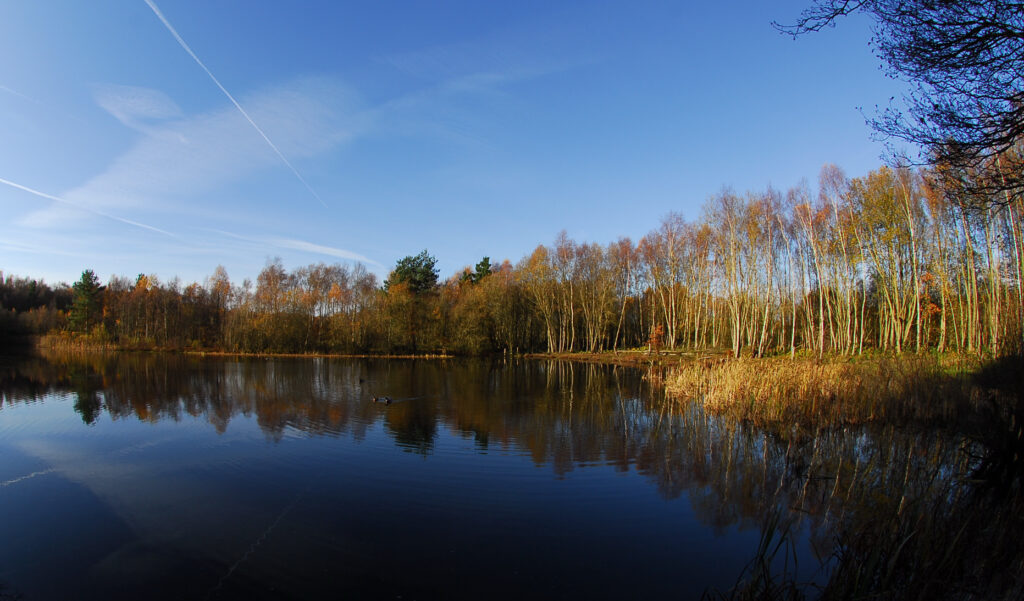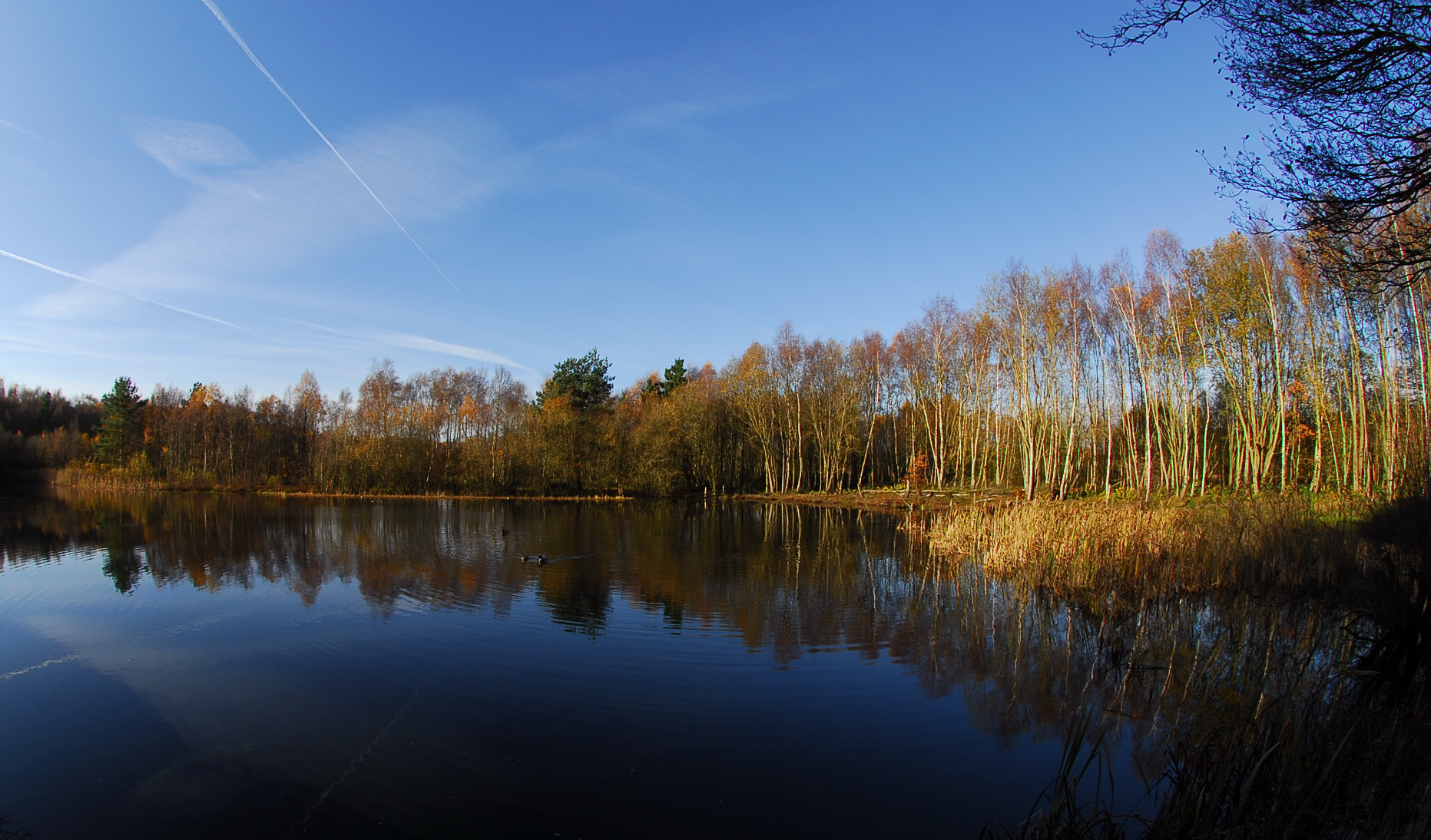Plants and animals are usually the first things that come to mind when thinking of biodiversity, but the vast majority of life on earth is too small to be seen with the naked eye. Creating a microbe list for a nature reserve takes considerably more effort than creating a bird list, for example, but under a microscope the different species can be just as distinctive. David Wilkinson, Angela Creevy and Jane Fisher explain the importance of microscopic life, and describe their efforts to survey the microbial community of a nature reserve.
Biologist and ant expert E. O. Wilson’s influential essay The Little Things that Run the World carried the subtitle The Importance and Conservation of Invertebrates. Wilson argued that it was invertebrates that were the animals in need of study, suggesting ‘It is a common misconception that vertebrates are the movers and shakers of the world.’

